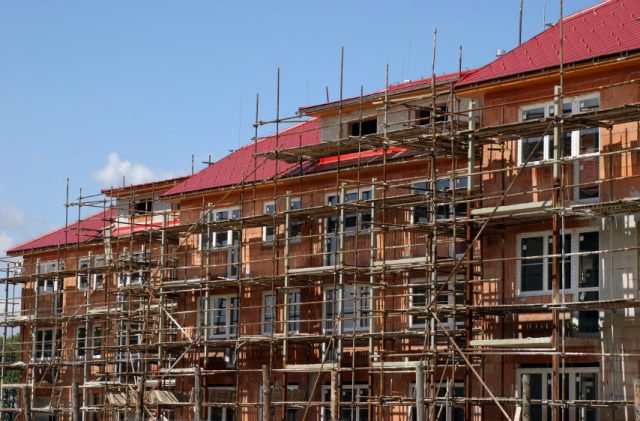Housing Associations to Join for New 127,000-Home Project
Two of the largest housing associations in the country are set to join together to create a 127,000-home landlord in what would be the biggest merger deal the sector has ever witnessed.
Affinity Sutton and Circle Housing have discussed teaming up to form the largest housing association in Europe, which could “set the agenda” for change in the market.
In a joint statement, the groups said that the cut to social rents in the latest Budget had provided a “catalyst” for organisations to consider merging.
Chief Executive of 70,000-home Circle Housing, Mark Rogers, states: “It is very early days while we model the potential that this could have, but we passionately believe that the sector needs to transform and this is one potential way to make that step change.”1
If the plans progress, the new landlord would own 5% of housing association homes, house 500,000 people and turn over £650m annually, producing a surplus of £120m, based on the most recent published accounts.
A joint document detailing the “vision” of the new team claims that the new organisation could build 20,000 new homes in just five years.
Written in January, the document sets out plans to “roll out an investment programme in all major cities.”
It reads: “Together, Circle and Affinity Sutton could lead the transformation of the [housing] association market and fundamentally change the lives of many.”
It also outlines proposals to merge the two organisations into a new structure with one “holding company” above separate divisions for commercial activity, housing management and charitable work.
However, these plans are in the early stages and will be reviewed after many policy changes were announced by the Government since, including the Right to Buy extension to housing association tenants.
The document said that the new group could sell off stock in 100 local authority areas, where it owns less than 500 homes, to other social landlords.
This would raise around £1 billion, which would kick-start the new development scheme. The document states: “Only the initiative of individual associations will drive better value, greater capacity and enhanced output.”
It also says that regulatory action “has had barely any impact” on partnerships in the sector.1
Chief Executive of 57,000-home Affinity Sutton, Keith Exford, continues: “[Following the Budget] both organisations are reviewing their business plans. As part of this, we are also jointly exploring if we could raise significantly more capital together, allowing us to fund a far greater building programme than we could if we stay apart.”1
In 2014, Circle Housing turned over £333.5m and produced a surplus of £44.5m, and Affinity Sutton turned over £320m with a surplus of £75m.
Earlier this year, Circle had its governance downgraded by the housing regulator due to repair failings.


